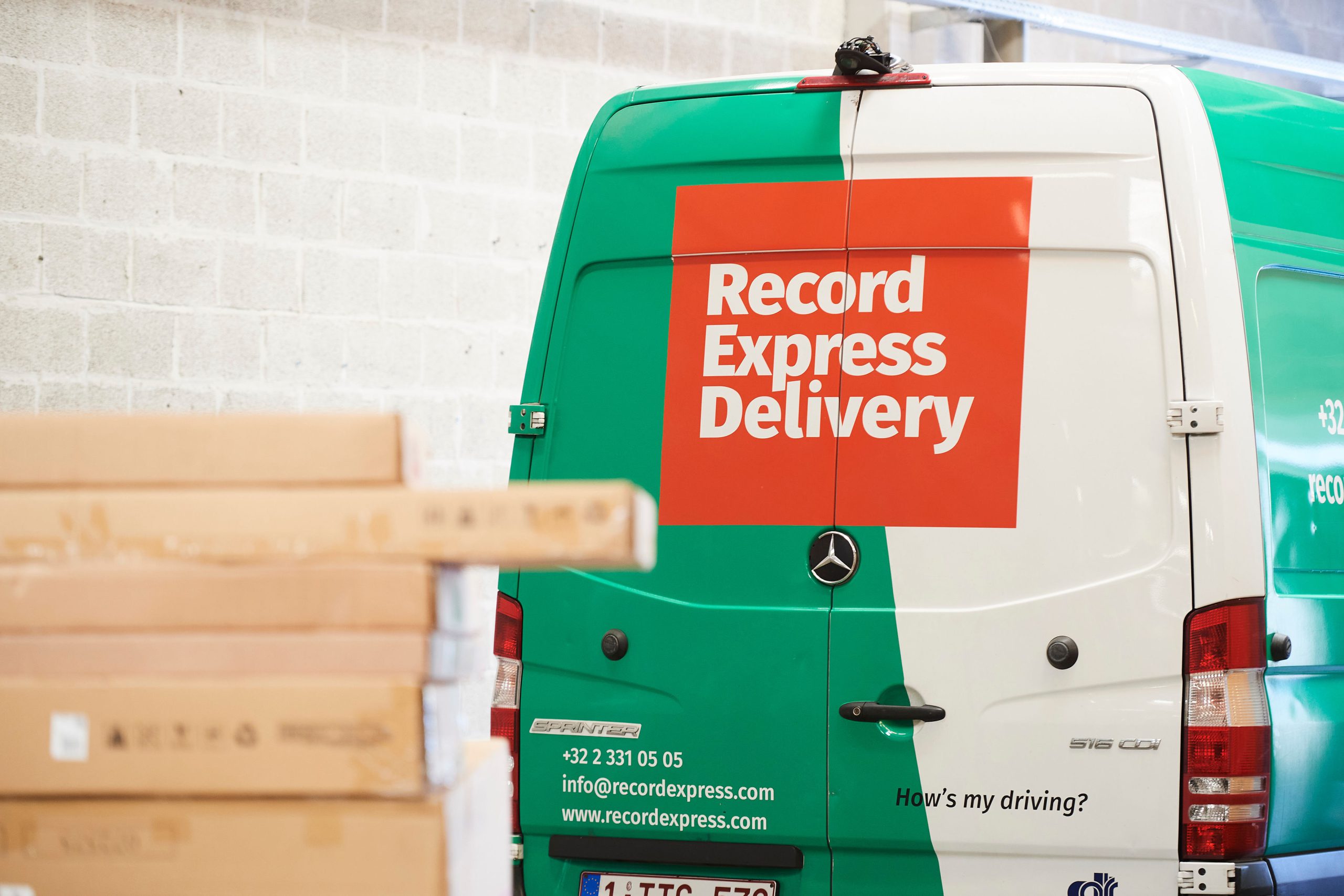Cross-Border Delivery in the EU
Cross-border delivery in the EU enables businesses to ship goods seamlessly between member states, supported by harmonised customs rules and integrated logistics networks. SEND PARCELHome / E-commerce logistics / Cross-Border Delivery in the EU

Cross-Border Delivery in the EU
TL;DR: Cross-border delivery in the EU enables businesses to ship goods seamlessly between member states, supported by harmonised customs rules and integrated logistics networks. While the EU single market eliminates most internal customs barriers, challenges remain around VAT compliance, varying transport regulations, and the complexity of multi-country logistics. For e-commerce, manufacturing, and B2B supply chains, effective EU delivery services balance speed, cost, and regulatory compliance.
What is cross-border delivery in the EU?
Cross-border delivery in the EU refers to the movement of goods between EU member states under the single market framework, where customs duties are removed and goods circulate freely (European Commission). This system simplifies trade and supports Europe’s integrated economy, making cross-border delivery faster and more efficient compared to trade outside the bloc.
- No customs duties on goods moving between member states
- Harmonised product standards and regulations
- VAT applied according to destination country rules
- Integrated courier and freight networks across Europe
- Supports both B2B supply chains and B2C e-commerce
Takeaway: EU cross-border delivery benefits from customs-free circulation but requires VAT and compliance management to function effectively.
How do EU delivery services work?
EU delivery services operate through integrated courier, postal, and freight networks that connect businesses and consumers across all member states (DHL).
- Parcels routed through EU distribution hubs
- Express and standard service levels available
- Shared transport corridors improve efficiency
- Digital tracking provides end-to-end visibility
- Coordination with last-mile delivery partners in each country
This network enables rapid movement of goods across borders without customs delays, supporting both SMEs and large retailers in reaching European markets.
Takeaway: EU-wide delivery networks combine speed, scale, and integration to create a unified logistics ecosystem.
What are the benefits of cross-border delivery?
Cross-border delivery allows businesses to scale beyond national markets and gives consumers access to a wider variety of goods (UNCTAD).
- Access to 27 national markets under one logistics framework
- Faster expansion for e-commerce retailers
- Increased supply chain flexibility for manufacturers
- Lower logistics costs through consolidated EU hubs
- Customer trust with predictable timelines and quality standards
For Belgian businesses, cross-border delivery is particularly important given the country’s central position in Europe and its role as a logistics hub.
Takeaway: EU-wide delivery multiplies opportunities by reducing barriers to trade and widening market access.
What challenges remain in EU cross-border delivery?
Despite harmonisation, challenges remain around VAT rules, delivery costs, and logistics complexity (OECD).
- VAT must be declared and remitted in the buyer’s country
- Different transport regulations across member states
- High delivery costs for remote or rural areas
- Returns management for e-commerce is complex
- Growing sustainability requirements across multiple jurisdictions
While customs duties are eliminated, administrative and logistical hurdles still exist. Companies must manage tax and transport compliance carefully to avoid penalties or service disruption.
Takeaway: Cross-border delivery is streamlined but not without challenges—tax, cost, and compliance issues remain key considerations.
How do customs and VAT apply within the EU?
Customs duties do not apply to intra-EU deliveries, but VAT is applied in the country of consumption (European Commission – Taxation & Customs).
- No customs clearance for goods moving between EU member states
- VAT rates vary depending on the destination country
- OSS (One-Stop Shop) simplifies VAT reporting for e-commerce sellers
- Excise goods such as alcohol or tobacco have additional requirements
- Accurate invoicing and record-keeping are essential
These VAT rules are particularly important for e-commerce businesses selling across borders, as incorrect reporting can result in penalties.
Takeaway: Intra-EU trade avoids customs delays but requires careful VAT compliance for businesses shipping across borders.
How technology supports EU cross-border delivery
Technology supports EU cross-border logistics by improving visibility, compliance, and customer experience (IBM).
- Digital VAT reporting through the OSS system
- Automated customs and compliance checks for excise goods
- Real-time tracking for parcels across multiple countries
- AI-driven route optimisation across EU corridors
- Analytics for managing returns and customer service
These tools allow logistics providers to maintain compliance while delivering at speed across Europe’s integrated market.
Takeaway: Technology turns complex EU cross-border networks into efficient, transparent delivery systems.
How Record Express supports cross-border delivery in the EU
Record Express helps Belgian businesses manage EU-wide deliveries by combining local expertise with European logistics partnerships.
- Seamless parcel and freight delivery across EU member states
- Integration with European courier and freight networks
- Customs-aware handling for excise and regulated goods
- Real-time tracking and customer visibility
- Reliable service across Brussels, Antwerp, Ghent, and beyond
Record Express positions Belgium as a logistics gateway, ensuring businesses can expand across Europe efficiently and compliantly.
🔗 Related reading:
- Customs Compliance for International Delivery
- Customs Clearance Services for Businesses
- International Courier Services to Belgium
- Freight Forwarding Explained
- Expedited Shipping: How It Works
FAQs
1. Are there customs duties for cross-border delivery in the EU?
No—customs duties are eliminated within the EU single market, though VAT still applies in the destination country.
2. How long does EU cross-border delivery take?
Typically 1–5 days depending on service level, origin, and destination.
3. Do VAT rules apply to all EU cross-border deliveries?
Yes—VAT is applied in the country where the customer receives the goods.
4. Can excise goods move freely in the EU?
Yes, but they remain subject to excise duty reporting and controls.
5. Does Record Express support EU-wide logistics?
Yes—Record Express provides parcel and freight delivery across the EU with compliance support.
Sources

Record Express was awarded a 59/100 score by EcoVadis, the global leader in sustainability ratings.